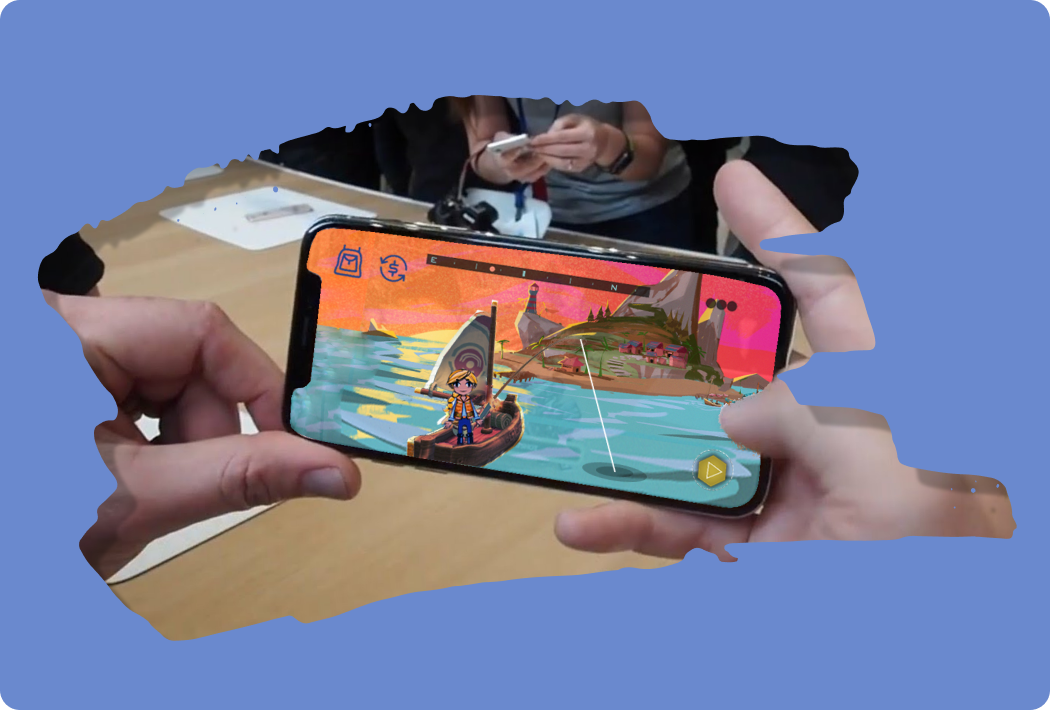The Benefits of Gamified Learning
The Benefits of Gamified Learning
Think back to some of your earliest memories of learning and playing. Is there a lot of crossover? Did you have a fun song to sing while learning to tie your shoes? In babies as young as six months old, the game of peek-a-boo is instrumental in teaching the concept of object permanence - that just because you can’t see something doesn’t mean it isn’t there anymore.
As we grow and make our way through years of schooling and job training, the fun is gradually removed from the learning experience. Many people think that once you’re grown up, if you’re having fun you can’t be learning, but the data shows that people learning the least are those who are bored and disengaged.
Are your corporate training sessions relying on slide deck lectures and repetitive training videos? Can your team members put it to the side of their monitor and nod along while actually checking their e-mail? Have you yourself done the same? Maybe it’s time for a tactical change when it comes to sharing important information and teaching valuable lessons.
Where’s The Evidence in Favor of Gamified Learning?
When gamified learning or training is introduced to classrooms and businesses, engagement increases. People who learn through games are more likely to pay attention and stay motivated for longer periods of time, which increases how much of the material they absorb. With an increase in information captured through gamified elements, it makes sense that overall performance increases are also reported.
Studies have shown that implementing gamified learning or training:
Improves skill-based performance by 14%.
Boosts motivation by 48%.
Raises productivity in training by 50%.
Participants of gamified learning respond with more satisfaction than they do with conventional teaching such as courses and videos. When surveyed, 95% of employees said they enjoy gamified elements in their work and 67% of students found gamification more motivating than traditional learning.
This level of enjoyment results in deeper engagement, which increases the likelihood of staying focused and “sticking with it” over traditional methods of learning.
Gamified learning helps participants perform better by:
Increasing knowledge retention.
Providing hands-on practice in a risk-free environment.
Making learning fun by turning “work” into “play”.
Offering analysis of strengths and weaknesses with progress tracking.
Incentivizing progress with point rewards and level ups.
Encouraging socialization and team building through friendly competition and collaboration.
Drastically Improve Performance in Education and Sales
So, what happens after participants finish gamified courses and training programs? When students were taught using challenge-based gamification, an overall performance increase of 34% was reported. Additionally, companies who use gamified elements in sales training report up to 700% higher conversion rates.
There you have it! Not only does gamification make learning a better experience for its users, it also greatly benefits performance outcomes.
When given a choice between a lecture and a game, which would you choose?

